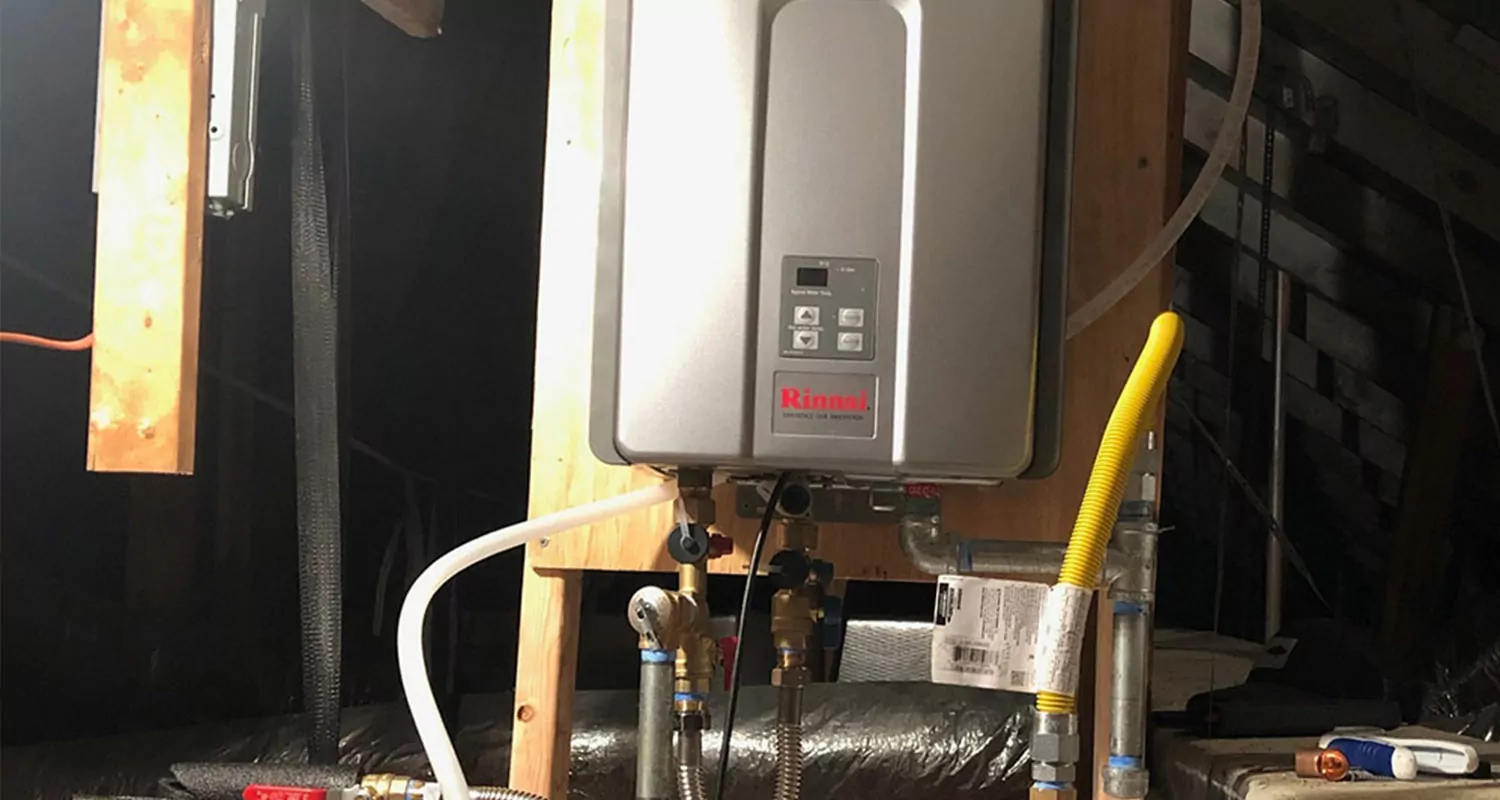Best Practices for Caring for Your Home's Hot Water System
Best Practices for Caring for Your Home's Hot Water System
Blog Article
We've found this great article relating to What Kind of Maintenance Do Water Heaters Need? directly below on the net and reckoned it made good sense to quickly share it with you over here.

Hot water is essential for everyday comfort, whether it's for a refreshing shower or cleaning meals. To ensure your hot water system runs successfully and lasts much longer, routine maintenance is essential. This article provides sensible ideas and insights on just how to maintain your home's hot water system to stay clear of disruptions and pricey repair work.
Intro
Preserving your home's warm water system might appear difficult, yet with a few basic actions, you can ensure it operates efficiently for many years to find. This overview covers whatever from recognizing your warm water system to DIY upkeep tips and understanding when to call in expert aid.
Significance of Keeping Your Hot Water System
Regular maintenance not only expands the lifespan of your warm water system yet also guarantees it runs efficiently. Neglecting maintenance can result in decreased effectiveness, greater energy costs, and even premature failing of the system.
Signs Your Hot Water System Needs Upkeep
Knowing when your warm water system needs interest can prevent significant problems. Look out for indications such as inconsistent water temperature, weird noises from the heating system, or rusty water.
Purging the Hot Water Heater
Purging your hot water heater removes debris build-up, enhancing effectiveness and lengthening its life.
Checking and Replacing Anode Rods
Anode rods avoid rust inside the storage tank. Evaluating and changing them when worn out is essential.
Complicated Problems Needing Expert Assistance
Instances consist of significant leakages, electrical problems, or if your water heater is regularly underperforming.
Routine Expert Maintenance Conveniences
Professional maintenance can consist of detailed inspections, tune-ups, and guaranteeing compliance with safety standards.
Checking and Readjusting Temperature Level Settings
Adjusting the temperature setups makes certain optimum efficiency and safety.
DIY Tips for Maintenance
You can do several maintenance tasks on your own to maintain your hot water system in leading problem.
Looking for Leakages
Routinely examine pipes and connections for leakages, as these can cause water damages and greater expenses.
Recognizing Your Warm Water System
Prior to diving right into upkeep jobs, it's handy to recognize the standard elements of your hot water system. Typically, this consists of the hot water heater itself, pipes, anode rods, and temperature controls.
Month-to-month Maintenance Tasks
Regular month-to-month checks can aid catch minor concerns prior to they intensify.
Testing Stress Relief Valves
Examining the stress relief valve ensures it operates properly and avoids excessive stress accumulation.
Shielding Pipes
Shielding hot water pipes minimizes warm loss and can save power.
When to Call a Specialist
While do it yourself upkeep is useful, some issues call for expert knowledge.
Conclusion
Normal maintenance of your home's warm water system is necessary for efficiency, long life, and expense savings. By adhering to these suggestions and recognizing when to look for professional assistance, you can guarantee a reputable supply of hot water without unanticipated disruptions.
How to Maintain an Instant Hot Water Heater
Before tinkering with your hot water heater, make sure that it’s not powered on. You also have to turn off the main circuit breaker and shut off the main gas line to prevent accidents. Also turn off the water valves connected to your unit to prevent water from flowing into and out of the appliance. 2. When you’re done, you have to detach the purge valves’ caps. These look like the letter “T†and are situated on either side of the water valves. Doing so will release any pressure that has accumulated inside the valves while at the same time avoid hot water from shooting out and burning your skin. 3. When the purge valves’ caps are removed, you have to connect your hosing lines to the valves. Your unit should have come with three hoses but if it didn’t, you can purchase these things from any hardware or home repair shops. You can also get them from retail stores that sell water heating systems. Read the user’s manual and follow it to complete this task properly. When the hosing lines are connected, open the purge port’s valves. 4. You should never use harsh chemical cleaners or solutions when cleaning your unit. Make use of white vinegar instead. It should be undiluted and you’ll probably use about 2 gallons. 5. Now flush your water heater. This task should probably take about 40 minutes. We can’t give you specific directions for this because the procedure is carried out depending on the type, model and brand of your heater. With that being said, refer to the user’s manual. 6. When you’re done draining the unit, you have to turn off the purge port valves again. Remove the hosing lines that you earlier installed on each of the water valves. Put the valve caps (purge port) back in their respective places and be very careful so as not to damage the rubber discs that are found inside these caps. 7. Now that everything’s back in place, check your user’s manual again to find out how to reactivate your water heating system. 8. Once it is working, turn one of your hot water faucets on just to let air pass through the heater’s water supply pipes. Leave the tap on until water flows smoothly out of it. https://www.orrplumbing.com/blog/2014/september/how-to-maintain-an-instant-hot-water-heater/

As a keen reader about How to Maintain Your Water Heater & Prolong its Life, I figured sharing that excerpt was really useful. You should take a moment to distribute this blog if you enjoyed it. Thanks a bunch for being here. Don't hesitate to come visit our website back soon.
Explore Now Report this page